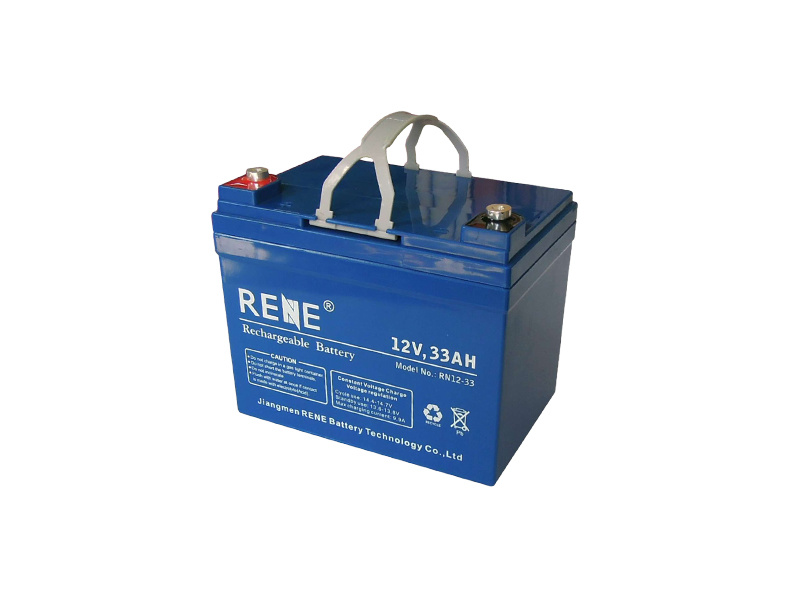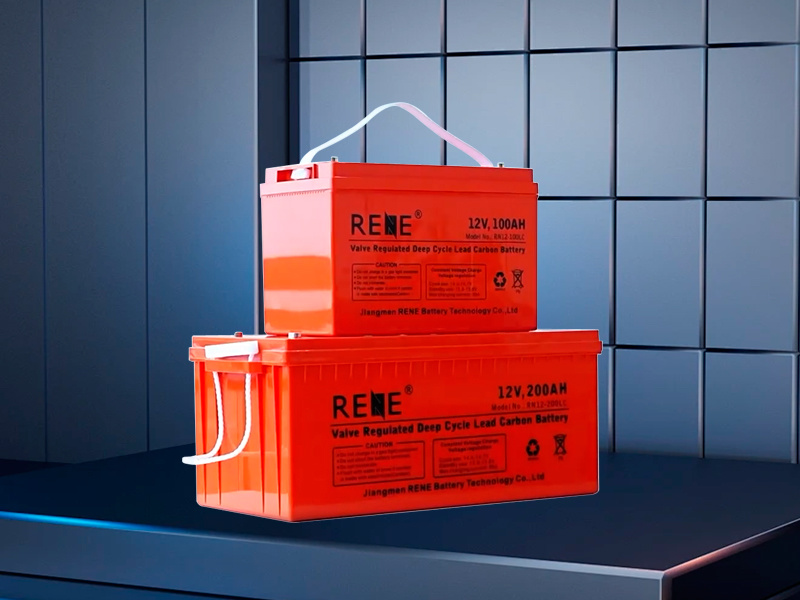Jiangmen Rene Battery Technology Co., Ltd.
How Temperature Affects Motorcycle Ignition Battery Performance
2025-04-13
Motorcycle ignition batteries are an essential part of any bike, providing the necessary power to start the engine and run the electrical systems

Motorcycle ignition batteries are an essential part of any bike, providing the necessary power to start the engine and run the electrical systems. Understanding how temperature affects their performance can help riders make informed decisions about maintenance and battery selection.
2.1 How Batteries Generate Power
Motorcycle ignition batteries primarily operate using lead-acid technology, where chemical reactions between lead plates and sulfuric acid generate electrical energy. The efficiency of these reactions can be significantly influenced by temperature.
2.2 The Role of Electrolytes
The electrolyte within the battery plays a crucial role in facilitating these chemical reactions. At optimal temperatures, the electrolyte remains at a suitable viscosity, allowing ions to flow freely between the plates. Extremes in temperature can alter this viscosity, leading to performance issues.
3. Temperature's Impact on Battery Performance
The performance of motorcycle batteries is not static; it fluctuates with changes in temperature, which can lead to various operational challenges.
3.1 High Temperatures and Battery Efficiency
When temperatures soar, motorcycle batteries can overheat. This can lead to increased evaporation of the electrolyte, which in turn can cause sulfation on the battery plates—an undesirable buildup that decreases battery capacity. In extreme cases, excessive heat can even lead to battery failure, drastically shortening its lifespan.
3.2 Low Temperatures and Battery Performance
Conversely, low temperatures can hinder the battery’s ability to generate power. Cold weather slows down the chemical reactions necessary for the battery to function, leading to reduced capacity and a higher likelihood of starting issues. Riders in colder climates should be particularly vigilant during winter months.
4. Indicators of Temperature-Related Battery Issues
Recognizing the signs of temperature-related battery problems can help you take proactive measures. Common indicators include:
- **Slow Engine Cranking:** If the engine cranks slowly during startup, it could be a sign of low battery power due to temperature effects.
- **Corroded Terminals:** Extreme temperatures can lead to corrosion around battery terminals, impacting connectivity.
- **Swelling or Deformation:** Batteries exposed to high temperatures may swell, indicating internal damage.
5. Best Practices for Maintaining Battery Health
Proper maintenance is key to prolonging battery life and ensuring optimal performance across different temperatures.
5.1 Regular Maintenance Checks
Conducting routine inspections can help identify potential issues early. Check fluid levels, terminals, and overall battery condition regularly, especially during temperature extremes.
5.2 Optimal Charging Techniques
Using a smart charger can help maintain battery health. These chargers adjust the charging process based on the battery's condition, preventing overcharging and extending its lifespan.
6. Choosing the Right Battery for Variable Temperatures
Not all batteries are created equal, especially concerning temperature tolerance. When selecting a battery, consider models designed for extreme conditions. Look for features such as:
- **Temperature Regulation:** Batteries with built-in temperature management systems can help maintain operation across temperature extremes.
- **High-Crate Capacity:** Batteries rated for higher cranking amps perform better in cold weather, ensuring reliable starts.
7. FAQs About Temperature and Motorcycle Batteries
1. How does heat affect motorcycle battery life?
Heat accelerates chemical reactions which can lead to faster degradation of the battery components and ultimately shorten its lifespan.
2. Can I use a motorcycle battery in winter?
Yes, but it’s advisable to choose a battery with higher cold-cranking amps for reliable performance in cold weather.
3. What is the ideal temperature range for motorcycle batteries?
Most motorcycle batteries perform best in temperatures between 32°F to 77°F (0°C to 25°C).
4. How often should I check my motorcycle battery?
It’s a good practice to check your battery at least once a month, especially during seasonal changes.
5. What should I do if my battery is frozen?
If you suspect your battery is frozen, do not attempt to charge it immediately. Allow it to thaw naturally at room temperature before trying to charge.
8. Conclusion
Understanding how temperature affects motorcycle ignition battery performance is essential for any rider looking to maintain their bike’s reliability and efficiency. By recognizing the impact of extreme temperatures, taking proactive maintenance measures, and selecting the right battery for your climate, you can enhance your motorcycle's performance year-round. Keeping these tips in mind will ensure that your ride remains smooth and enjoyable, regardless of the weather conditions.
Key words:














